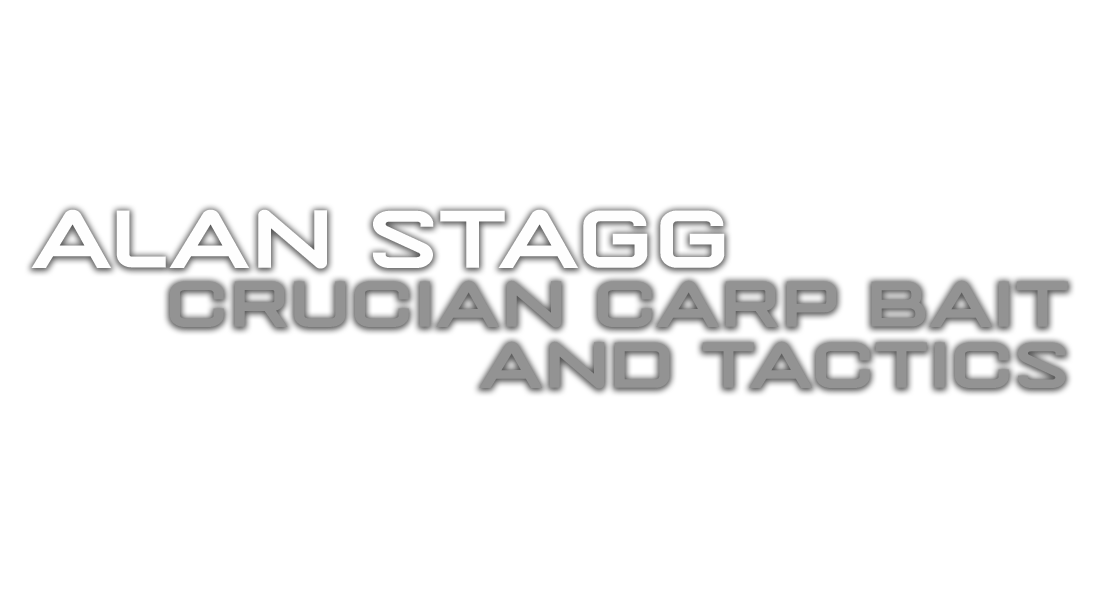
Crucians are one of my favourite species to target during the spring and summer months. For me their golden scales glistening in the sun, are hard to beat.
Crucians have traditionally been known as a tentative feeder, and sensitive float fishing tactics at dawn and dusk have been the accepted textbook way to target this species.
I think that it would be fair to say that as specimen fishing has moved forward a little since then and tackle, techniques and rigs have become more refined. Yes, there is a big part in crucian fishing, watching a float with pin prick bubbles surfacing around a sensitively cocked float, pitting your wits against this supposed wily creature. Yet, sometimes these methods don’t suit the venue or style of fishing needed to catch big crucians. Imagine sitting by a lake all day waiting for that one all-important bite, the float disappears and a strike is met with thin air. Frustrating indeed!

Venues
When it comes to venues for catching a big true crucian, look no further than the Marsh Farm complex run by Godalming Angling Society. This ticket has been widely known for its massive crucian carp for a number of years now and many anglers have walked away with a big smile on their face after netting a personal best. Yes, other venues do exist but, for the sheer number of big crucians, it’s hard to beat. Unsurprisingly many of the country’s top specimen anglers make a pilgrimage to the complex every spring and summer in search of a giant bar of gold.
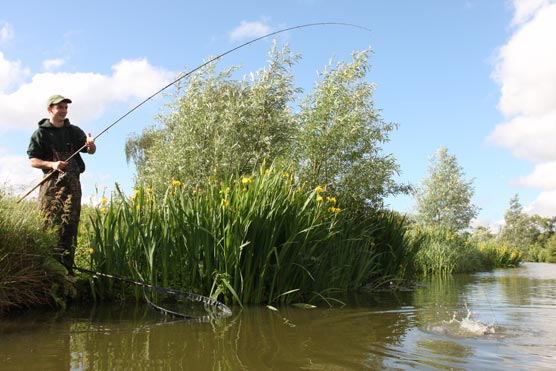
Location
As with all fishing, location is everything. Crucians will often tell you where to fish and will give away their presence at dawn and dusk by rolling in their favorite haunts. A few evenings spent at your chosen venue are never wasted. Look for any areas that have depth and features close to the margins, these will often be a winner.
If I cant find depth close in, I like to fish at range during the daytime. I find an acceptable range of 20-30 yards is about right. This makes baiting and accurate casting very comfortable, even in a strong cross wind. However, as soon as darkness descends or if tench become a problem, then I like to position a rod very close in, even in a foot or two or water. Crucians love the margins and as long as there is enough water to cover their back, depth almost becomes irrelevant. Ignore this advice at your peril! This can also be a great way to separate tench if they are causing problems of your carefully baited area. Tench are a lot more spooky feeding shallow water and this will often leave crucians to feed in earnest. Beds of Lilly pads and marginal shelves are all worth investigating as is setting up on the end of a nice warm wind.
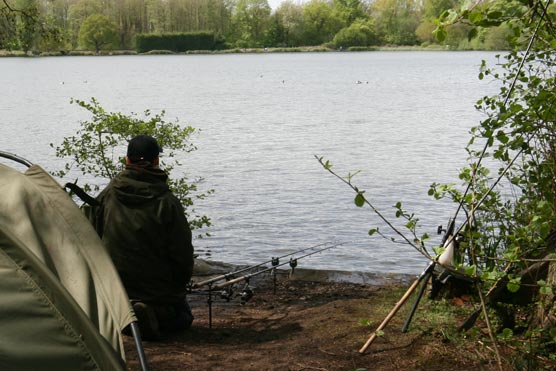
Hook baits and loose feeding
When it comes to hook baits look no further than small hookable pellets, corn, mini boilies or casters. I base my feed around fishmeal groundbaits, with my preferred mix being dark in colour. I add very little feed to this and add just a small handful of 2mm pellets. I like to rely heavily on the strong fishmeal scent from this mix to attract crucians into the swim to feed.
My preferred hook bait are small hookable pellets. These baits have accounted for 95% of my crucians. I always take a few change baits with me such as corn and small 10mm boilies just in case.
Feeding is very important when crucian fishing, many anglers rely on a light baiting approach. I prefer the complete opposite with a more positive approach and feed heavily in a bid to attract the cucians to dine. Using a little feed but lots of attraction in my groundbait mix allows me to do this, and this approach throws what has been written in the crucian textbook completely out of the window. Due to the range I fish at, commonly 20-30 yards, I use a spod to introduce my groundbait. There is no doubt crucians are attracted to the sound of a spod hitting the water. Many times I have had received bites in shallow water whilst spodding directly over the top of a hookbait. Often when a swim goes quiet, a few spods of bait will see the action continue. Ring the dinner bell and the results will follow!
I prefer to adopt a positive approach when targeting crucians and I like to attack and build a swim as much and as quickly as possible. At the start of each session I will often lay down a nice bed of feed to attract numbers of fish into the swim. The lakes on the Marsh Farm Complex are packed with tench, which means you can get through plenty of bait at times. I have often found that it pays to persist if tench catching lots of tench as once the crucians arrive they will often feed in earniest and multiple catches can be common.
Time to tackle up
When it comes to rigs simplicity is the key, there is no need for complicated setups when crucian fishing. Although traditional float fishing tactics can score well, when circumstances determine I prefer a more 21st-century approach. Small flatbed method feeders have revolutionised crucian carp fishing. Combined with a short hook length, this approach turns twitches and dips on a float fishing set up to more confident and hittable bites. Taking the self hooking aspect away, fishing the method also allows the angler to disguise the last few inches of the terminal tackle by burying the hookbait in the feeder, meaning the hook bait is also positioned in a tight pile of feed every cast. As with all feeder fishing accuracy is paramount. Stops knots used in conjunction with a line clip are paramount. The more accurate you are, the more bites you will get.
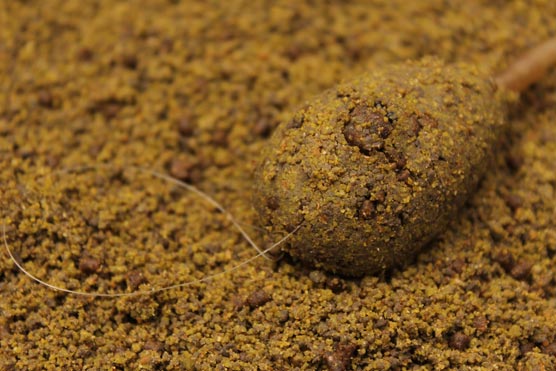
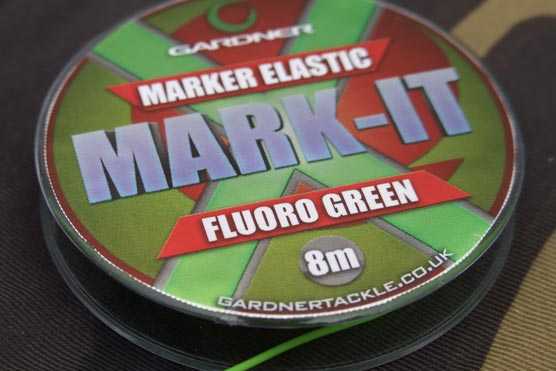
A reliable main line able to deal with the stresses and strains of casting feeders regularly, not to mention handling tench and carp is paramount. 6lb Hydro Flo from Gardner Tackle is my favourite. This sinks well allowing me to do away with heavy tubing or flying backleads that some anglers favour. When it comes to feeders, I find a weight around 25-30grams ideal, there are many good designs on the market these days and most fit the bill perfectly. When it comes to hook length I prefer Gardner Target fluorocarbon in 5lb breaking strain. A short length of around three to four inches is ideal.
I have also a groundbait stick approach with good effect too and I have experimented with this approach quite a lot. The rig involves threading a small Micromesh PVA stick of active groundbait down over the hooklength, allowing a hair rigged hookbait to be carefully pushed into the bottom of the bag. This has the benefit of meaning the hookbait is masked from any bottom debris, ensuring it is presented correctly. It also has the same benefit as the method feeder, meaning the hookbait is presented in a nice pile of feed.
My terminal tackle differs slightly when adopting this approach, but I am still looking for the same outcome – an ultra-efficient rig. Target Lead Clips and a short 3 to 4 inch 5lb Target Fluorocarbon hook length fits the bill perfectly. A small 1oz or 1.5oz bomb combined with this is ideal. When it comes hook patterns, I like to use a slightly heavier gauge than a fine wire match hook than I often see many people use. I find it can be a risk using these as a rogue carp, bionic tench or even a big crucian can sometimes make a mockery of these. A Target Speci Beaked Point hook in size 14 or 16 depending on the hookbait offers that bit more security, especially if the weed starts to come up.
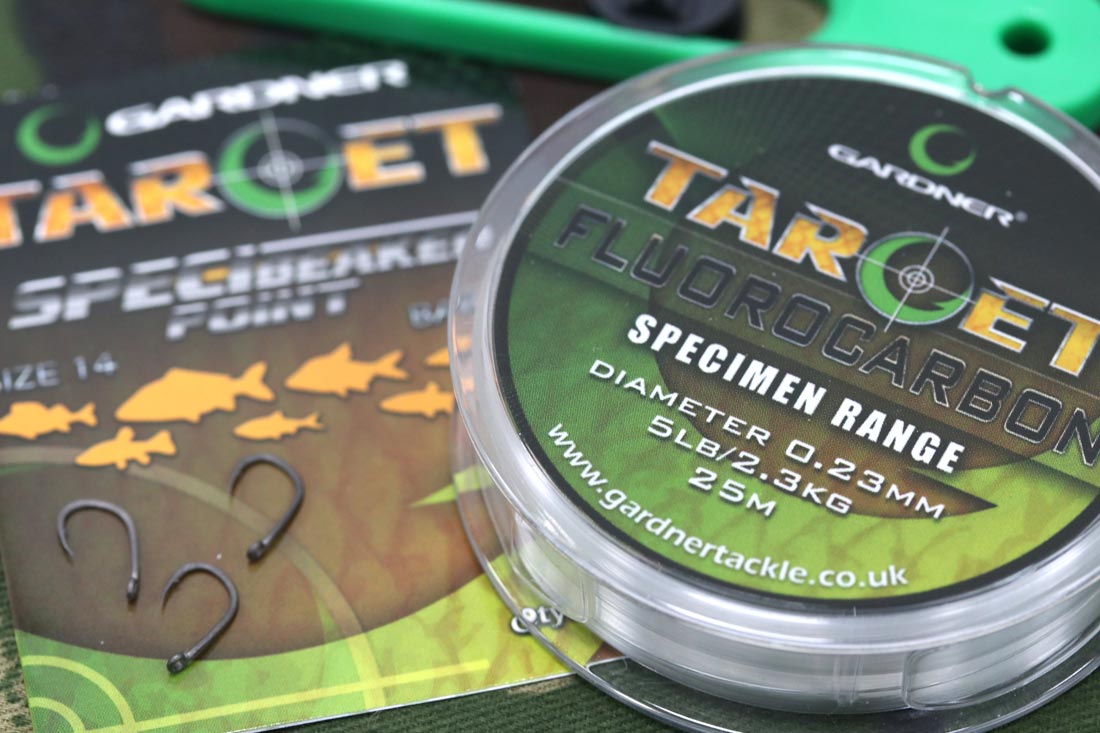
While putting the tactics and baits I have mentioned into practice, I managed to bag 15 crucians with the best, just short of the magical four pound barrier, weighing 3lb 14oz. This just goes to show that refining your tactics and adopting a positive approach will often pay dividends.
Top 5 Tips
1. Accuracy is everything when feeder fishing, use a stop knot marker in conjunction with placing the line in the spool’s line clip. This will ensure your feeder hits the same mark every time.
2. Cast regularly. Often bites will come very quickly after recasting as the fish home in on the feeder or groundbait stick.
3. Keep the swim topped up regularly with feed. Shoals of crucians and tench can eat a lot of feed. When the swim goes quiet it is a sure sign that the fish have cleared the area of feed.
4. Small imitation or real pellets make great hook baits.
5. Allowing time to rest the swim can help the fish settle on a baited area.
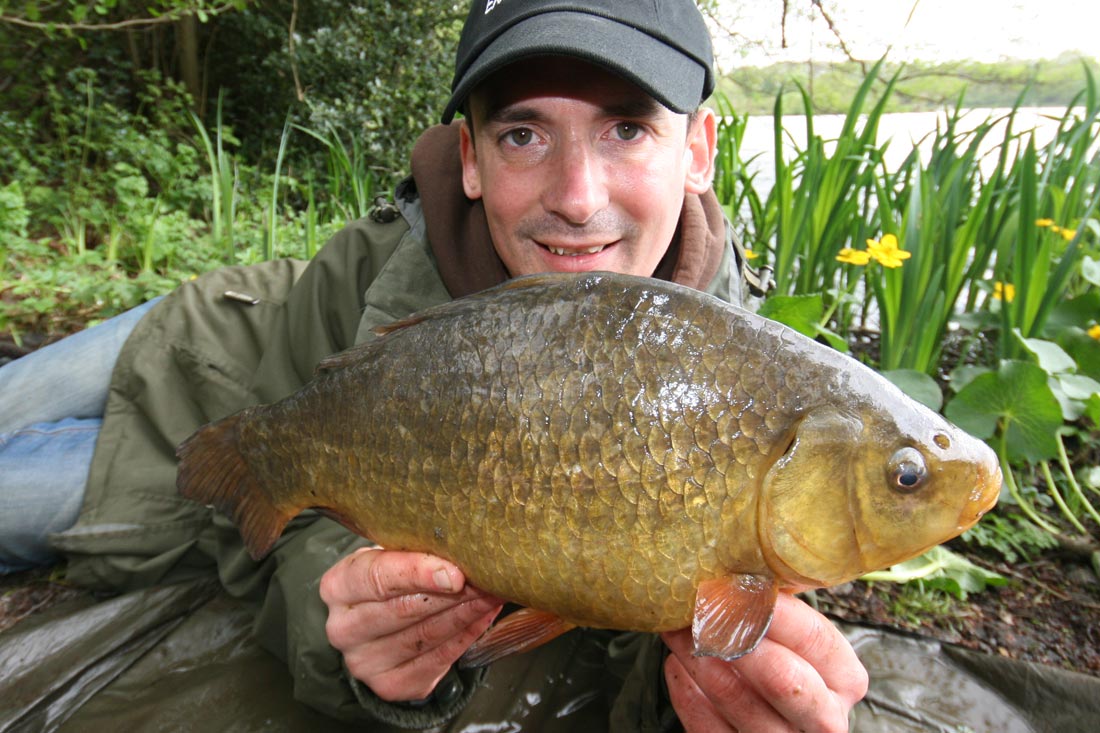




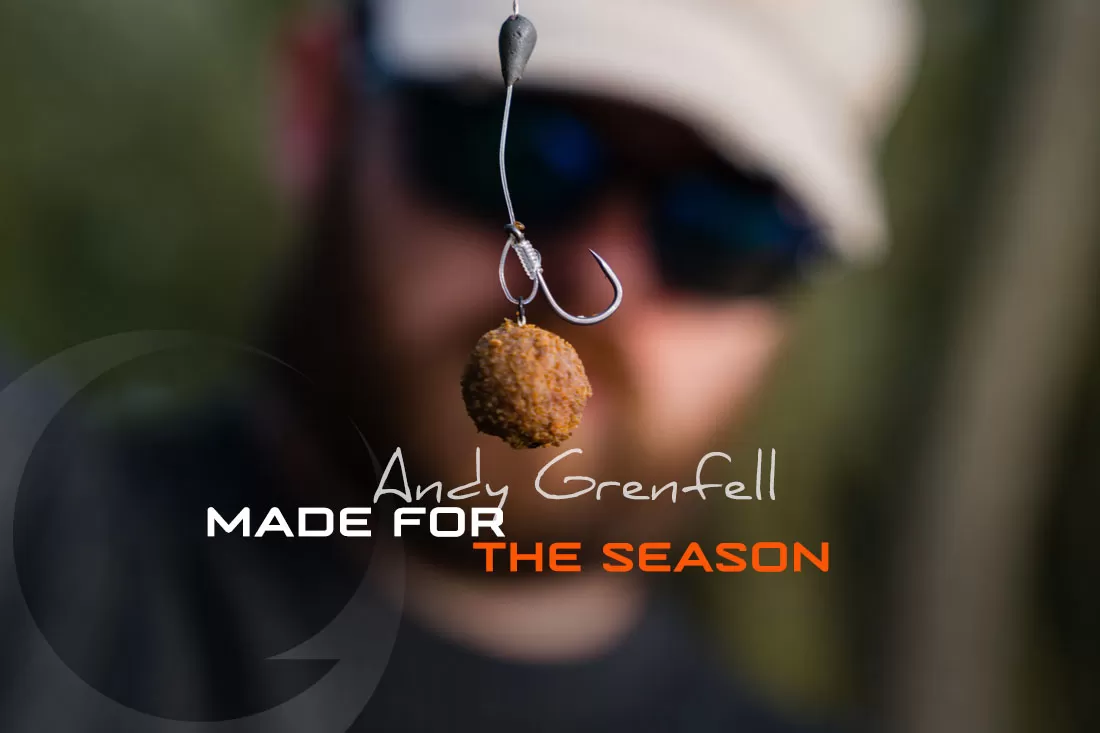
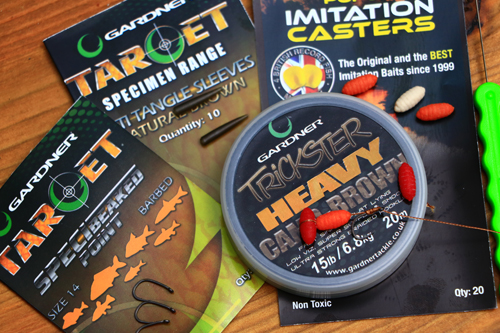
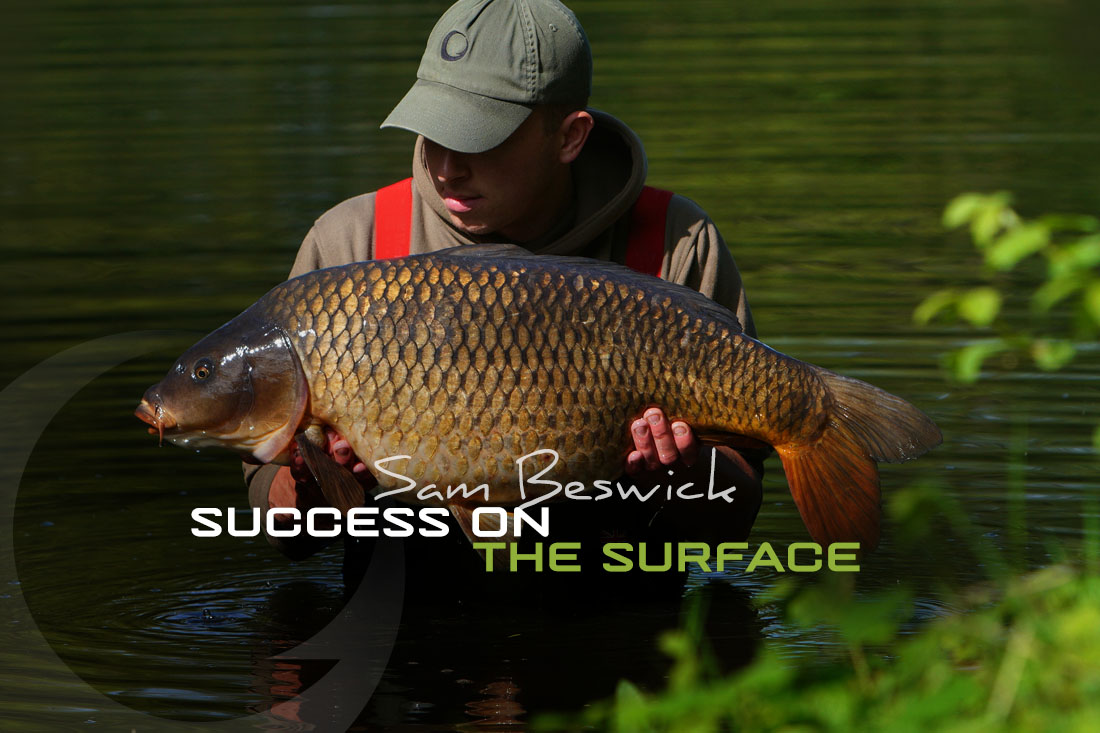

Leave A Comment
You must be logged in to post a comment.